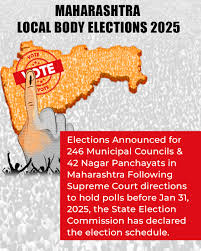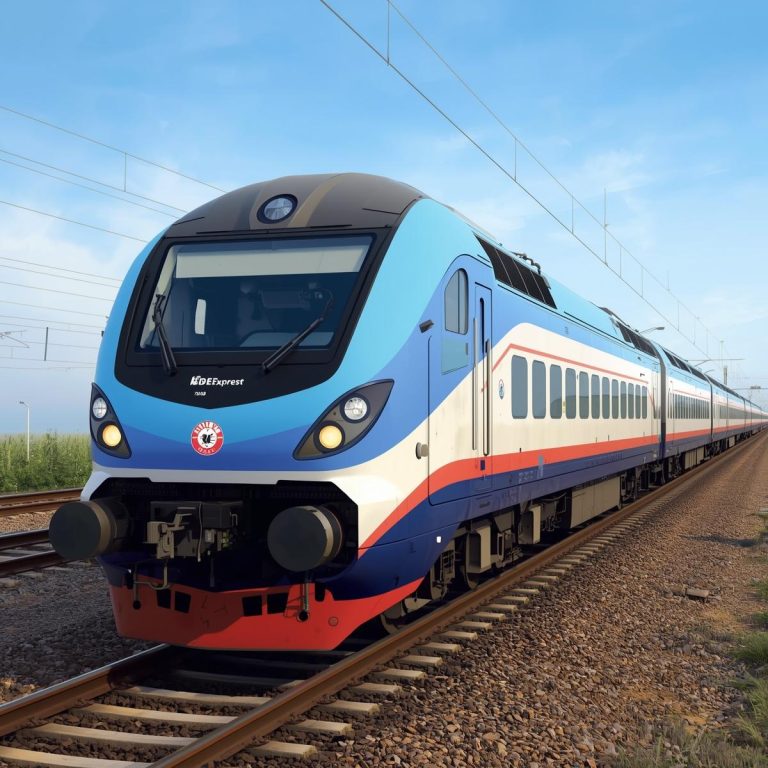

Just Rs 20 of the government’s $100 overall budget is allocated to paying back the loan plus interest. This amounts to 2.5 times the nation’s total defense expenditure, 10 times the budget for health care, and 7 times the budget for education. The national government is currently above Rs 161 lakh crore in debt. Do you know where the debt at the Center originates from? It has risen to about 60% of the nation’s GDP.
Question: Since the government is the government, who lends money to it and how?
The government can get loans in a variety of ways. It is split into four sections.
1. Domestic loans: These come from banks, corporations, insurance providers, and RBI.
2. Public Debt: Small Savings Plans, Gold Bonds, Treasury Bills, and so on.
3. External Debt: IMF, World Bank, other international banks.
4. Other loans: These can be of different types depending on the situation. For example, in 1990, the government raised money by pledging gold.
What is the Indian government’s overall debt, and how much has it grown over the past 20 years?
The answer to MP Nageshwar Rao’s inquiry on government debt was provided on March 20, 2023. According to Finance Minister Nirmala Sitharaman, the Government of India is indebted to the tune of approximately Rs 155 lakh crore as of March 31, 2023. In September 2023, India’s debt would surpass Rs 161 lakh crore. This indicates that the Government of India’s debt has climbed by around Rs 5 lakh crore, or 4%, in just six months.
However, a Business Standard research predicts that in September 2023, the nation’s overall debt will amount to Rs 205 lakh crore. Of this, the state governments owe more than Rs 44 lakh crore, while the central government of India is indebted to the tune of Rs 161 lakh crore.
The cabinet of India owed a total of Rs 17 lakh crore when Manmohan Singh’s cabinet came into power in 2004. It climbed to Rs 55 lakh crore by 2014, a more than three-fold rise. which, by September 2023, has grown to Rs 161 lakh crore. If we take a proper look at it, the Government of India’s debt has risen by 192% during the past nine years. This covers the central government’s borrowing from both domestic and international sources.
Question : To what extent is debt a burden for every Indian citizen?
Answer: The country’s overall debt is expected to exceed Rs 205 lakh crore by September 2023. This covers federal and state government loans. Assuming 142 crores as the entire population, every Indian living today owes more than Rs 1.40 lakh in debt.
Question: Regarding taking out loans from outside, is the UPA administration in the lead or the NDA government?
Answer: During the Manmohan Singh administration, the foreign debt climbed by 240% during the course of the nine years, from Rs 10 lakh crore to Rs 34.03 lakh crore. Simultaneously, the federal government borrowed a total of Rs 17.31 lakh crore from overseas during the Modi administration, representing a 46.78% rise in debt.
Question: Is the NDA administration or the UPA government leading the way in terms of domestic debt?
Answer: During the Manmohan Singh administration, the domestic debt grew by 223% over the nine years from 2005 to 2013. It went from Rs 13 lakh crore to Rs 42 lakh crore. Simultaneously, under the Modi administration, the federal government borrowed a total of Rs 89 lakh crore in domestic loans, a 250% rise in debt.
Question: What factors contribute to the nation’s government’s growing debt?
In response, economists states that there are two factors that affect government debt.
1. How much money does the government make?
2. What is the amount of government spending?
In the event that government spending surpasses revenue, borrowing will be necessary. The government’s income shortfall rises as it takes on loans. This indicates that the government spends more money than it brings in. When the government spends borrowed money in areas where it does not yield returns, the revenue shortfall is typically larger.
Question: Where does the Indian government borrow money to spend so much money?
In response to the 2020 coronavirus outbreak, the Indian government has been providing several forms of financial aid. As…
Monthly free grains to 80 crore people
2. The Ujjwala initiative provides free gas cylinders to about 10 crore women.
3. Approximately 9 crore farmers receive 6 thousand rupees a year.
4. Financial support under the PM Awas Yojana for two crore people building dwellings.
Since taking office in 2014, the Modi administration has implemented many gratis programs. To provide free goods to the public, the government borrows money. Government spending on military, subsidies, and other comparable items raises the nation’s budget imbalance.
The state governments of the Congress party also carried out a number of freebie initiatives, similar to the ones run by the BJP. such are the Rajasthani versions of the Indira Gandhi Free Mobile, Free Scooty, and Free Ration schemes.
Question: What connection exists between the nation’s debt and inflation?
In this case, the country’s rising debt load and inflation have no clear correlation, Chief Economist of Care Rating Agency. The money from the loan is used by the government to boost revenue. The government makes more money when loan money enters the market.
He said that inflation can rise if loan money is mishandled. For instance, if the money obtained through borrowing is shared with the general public, more purchases will be made. The market will see a rise in demand as a result. If there is insufficient supply in response to an increase in demand, prices will rise.
However, few different economist, thinks that borrowing money isn’t necessarily a terrible thing for a nation. India now has a GDP of above Rs 3 trillion. From this angle, the Rs 155 lakh crore debt does not seem like much. The money is used by the government to create roads, airports, and trains such as Vande Bharat, all of which are essential to the nation’s growth.




